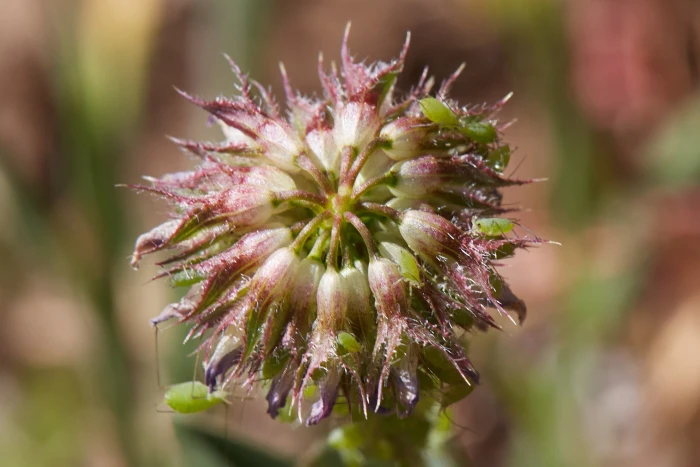Foothill Clover
(Trifolium ciliolatum)
Foothill Clover (Trifolium ciliolatum)
/
/

Ken-ichi Ueda
CC BY 4.0
Image By:
Ken-ichi Ueda
Recorded By:
Copyright:
CC BY 4.0
Copyright Notice:
Photo by: Ken-ichi Ueda | License Type: CC BY 4.0 | License URL: http://creativecommons.org/licenses/by/4.0/ | Rights Holder: Ken-ichi Ueda | Publisher: iNaturalist | Date Created: 2021-04-17T11:33:53-07:00 |
























Estimated Native Range
Climate Requirements for McAllen, Texas
| This Plant | Your Site | Plant Suitability for Your Location | ||
|---|---|---|---|---|
| • Precipitation | 5" - 74" | 23" | Your precipitation may be too high for this plant. | Too high |
| • High Temp. | 66°F - 106°F | 97°F | Your summer temperatures are normal for this plant. | Excellent |
| • Low Temp. | 10°F - 52°F | 49°F | Your winter temperatures are normal for this plant | Excellent |
This plant may not grow well at your location - your precipitation is too high.
Summary
Trifolium ciliolatum, commonly known as foothill clover, is an annual herb native to grasslands, meadows, and open woodlands of western North America, ranging from Washington to Baja California. It often occupies disturbed sites, which can include areas affected by grazing or fire. Foothill clover typically grows erect with a height of up to 60 centimeters. Its stems are hairless, and the foliage consists of toothed oval leaflets with bristle-tipped stipules. The inflorescence is a dense head of small, pea-like flowers that are pinkish or purplish in color, which can be quite showy when in full bloom during the spring and early summer months.
The plant is valued for its ability to fix nitrogen in the soil, improving soil fertility, and is sometimes used in restoration projects. It is also appreciated for its ornamental flowers and can be used in wildflower meadows or as part of a native plant garden. Foothill clover is drought-tolerant and prefers full sun to partial shade, thriving in well-drained soils. While it is not typically grown for culinary purposes, Native American groups have historically consumed the seeds and vegetation. It is generally free from major pests and diseases, but can be outcompeted by more aggressive plants if not managed.CC BY-SA 4.0
The plant is valued for its ability to fix nitrogen in the soil, improving soil fertility, and is sometimes used in restoration projects. It is also appreciated for its ornamental flowers and can be used in wildflower meadows or as part of a native plant garden. Foothill clover is drought-tolerant and prefers full sun to partial shade, thriving in well-drained soils. While it is not typically grown for culinary purposes, Native American groups have historically consumed the seeds and vegetation. It is generally free from major pests and diseases, but can be outcompeted by more aggressive plants if not managed.CC BY-SA 4.0
Plant Description
- Plant Type: Herb
- Height: 0.5-1 feet
- Width: 0.5-1 feet
- Growth Rate: Slow, Moderate
- Flower Color: Pink, White
- Flowering Season: Spring, Summer
- Leaf Retention: Deciduous
Growth Requirements
- Sun: Full Sun
- Water: Medium
- Drainage: Medium, Fast
Common Uses
Bee Garden, Butterfly Garden, Low Maintenance
Natural Habitat
Native to grasslands, meadows, and open woodlands
Other Names
Common Names: Hairy Clover, Tree Clover, Lassen Clover
Scientific Names: Trifolium ciliolatum, Trifolium ciliatum, Trifolium ciliatum var. discolor
GBIF Accepted Name: Trifolium ciliolatum